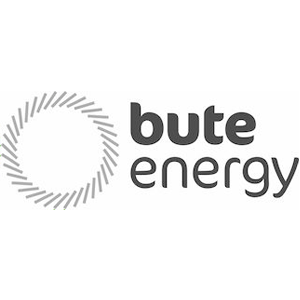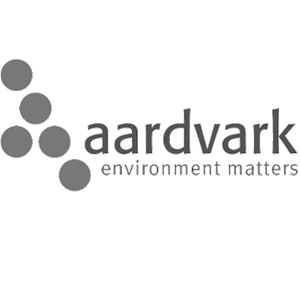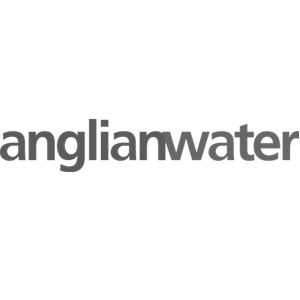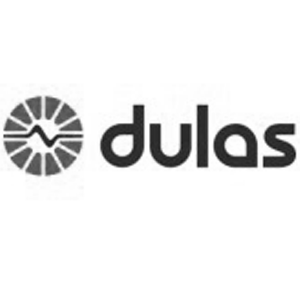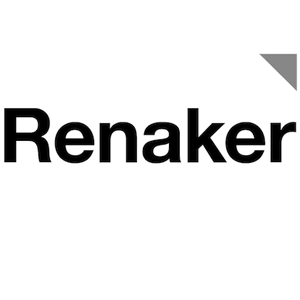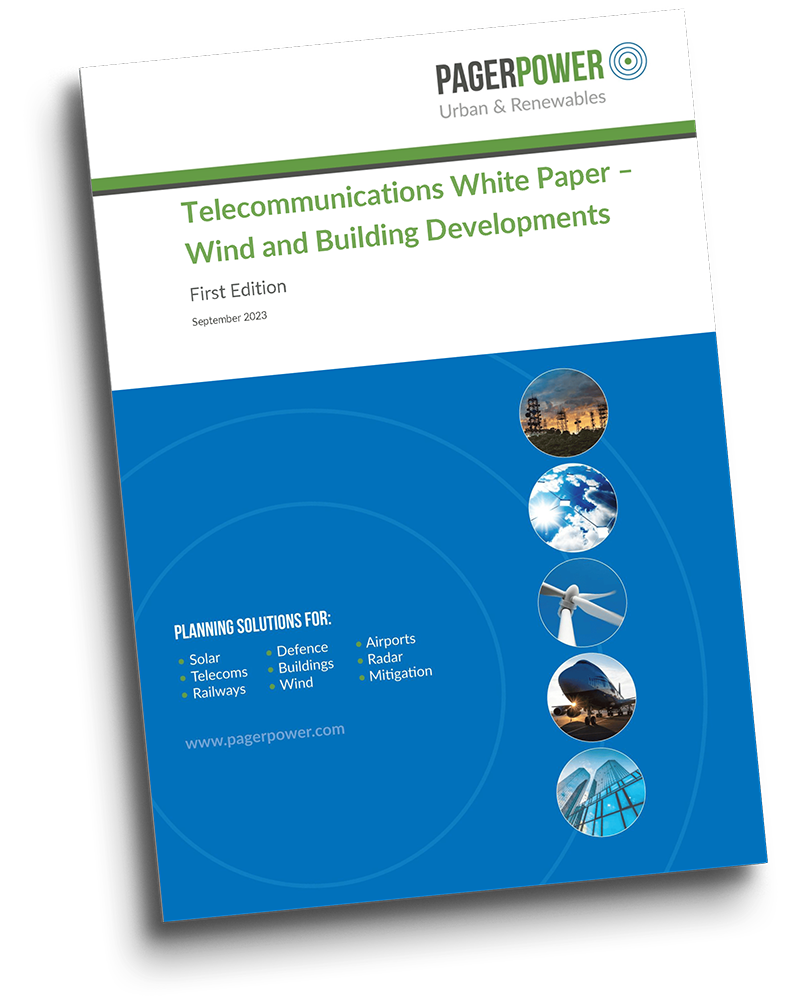Glint and Glare Assessment for
Solar Developments
Our industry leading Glint and Glare Guidance and bespoke modelling software inform every assessment to ensure that your developments are both safe and community-friendly.
Why Glint and Glare Matters for Solar
Solar panels are designed to absorb sunlight, but they can also reflect it. These reflections – known as glint and glare – may affect aviation, road and rail safety, or the amenity of nearby residents.
For solar developments, especially large-scale and NSIP projects, glint and glare is a key planning issue. Objections from airports, highways authorities, or neighbours can delay or derail applications if impacts are not addressed.
An assessment provides the objective evidence needed to reassure consultees and demonstrate that reflections from your solar scheme will not cause significant impacts to nearby receptors.
Aviation Receptors
Airports need to be confident that solar panels will not distract pilots or air traffic controllers. Assessment therefore look at:
- Air traffic control (ATC) personnel
- Pilots on final approach
- Other pilots in the area, such as those flying circuits, taxiing, or operating helicopters
We check whether solar reflections could be seen, how bright they might be, and where they would appear from the observer’s point of view.
Roads and Dwellings
Road safety and residential amenity are important considerations. Key receptors are:
- Drivers on regional or national roads within 1 km
- Homes within 1 km of the development
- Public footpaths and other places where people may be affected
For drivers, we assess whether solar reflections could be distracting. For residents, we also consider how long any glare might last, since people at home are usually in fixed positions.
Railway Operators
Railway safety assessments focus on:
- Train drivers on lines next to proposed solar panels
- Railway signals near proposed panels
Impacts are determined by whether reflections are predicted and their position relative to the observer.
How We Support Your Project
With over 1,700 glint and glare assessments completed worldwide, Pager Power brings extensive experience to every project. Our reports provide comprehensive analysis of all relevant receptors, including aviation, transport, and neighbouring properties. We use our own industry-leading guidance, aligned with current best practice, to ensure each assessment is technically robust and planning-compliant.
Most importantly, our reports are written with clarity in mind — presenting modelling results alongside clear explanations and visuals. This makes outcomes and recommendations accessible to planners, consultees, and other stakeholders, helping your project progress smoothly.
Related Services

Our team provides technical expertise from pre-application through to post-construction. Pager Power has provided assessments for 18 solar NSIPs in the UK and Ireland.
A management plan provides clear, practical steps to address potential impacts, reassure stakeholders, and support compliance with planning conditions for solar and building projects.




We have always found it very easy to work with Pager Power
Pager Power undertake Radar and Aviation assessments for our wind turbine developments – particularly civil and MoD radar issues. We have always found it very easy to work with Pager Power, they always deliver what they say they will deliver on time. The assessments and advice are always spot on and have allowed us to progress projects with confidence, knowing that we will be able to deal with potential technical challenges should they arise. We have learned to trust and respect their advice and they are our go-to consultants for this type of work.
Guy HopwoodPrincipal Environmental Consultant, ADAS
Pager Power has helped us obtain planning permission across the UK
We first appointed Pager Power in 2004 to assess a number of wind farms in North East England resulting in objections being withdrawn by Newcastle Airport. The company has successfully helped us resolve NATS, Royal Airforce, telecommunications and minor airfield issues. Pager Power provides advice and technical analysis, are easy to talk to and deliver reports on time. Pager Power has helped us obtain planning permission across the UK including a range of onshore wind farms in North East England and Central Scotland.
Tony ScorerHead of Onshore Wind Development, EDF Energy
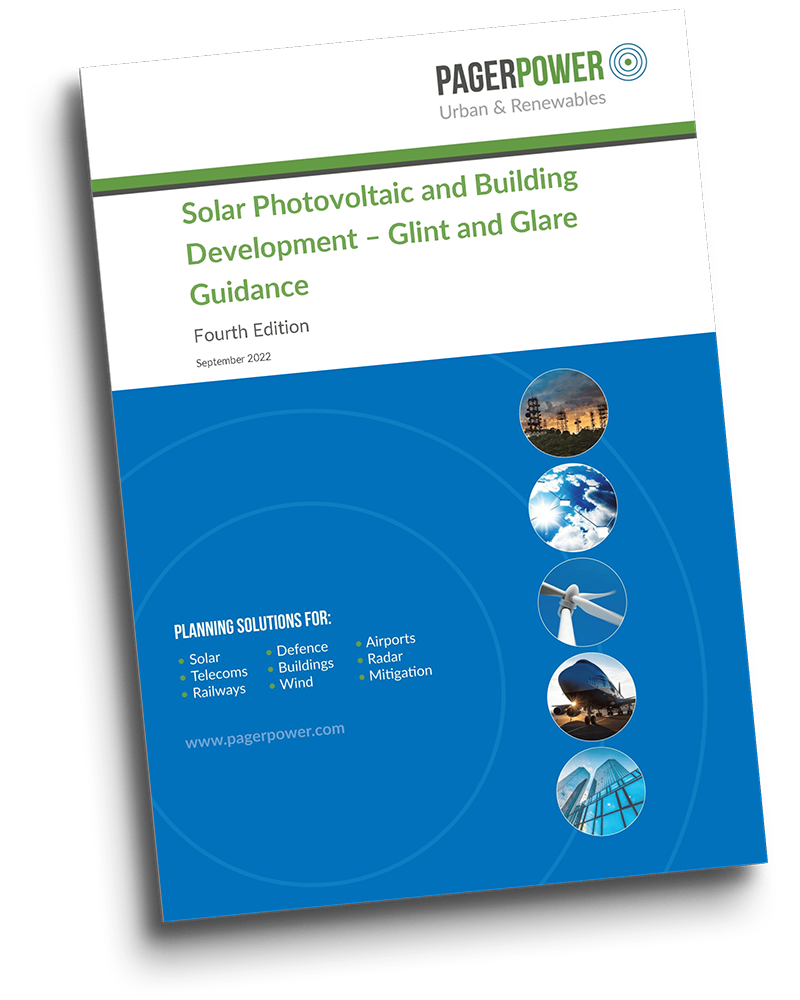
Free Guidance:
Understand the basics of Glint And Glare and the methodology behind the assessment
Download the industry standard assessment methodology, defined from over 10 years’ experience and more than 1,700 assessments. The guide covers the process for assessing roads, dwellings, rail and aviation activity.
Sign up for our industry newsletter and receive the 4ᵗʰ edition of our Glint and Glare guidance today. Just fill out the form below and we’ll send it to you directly.



